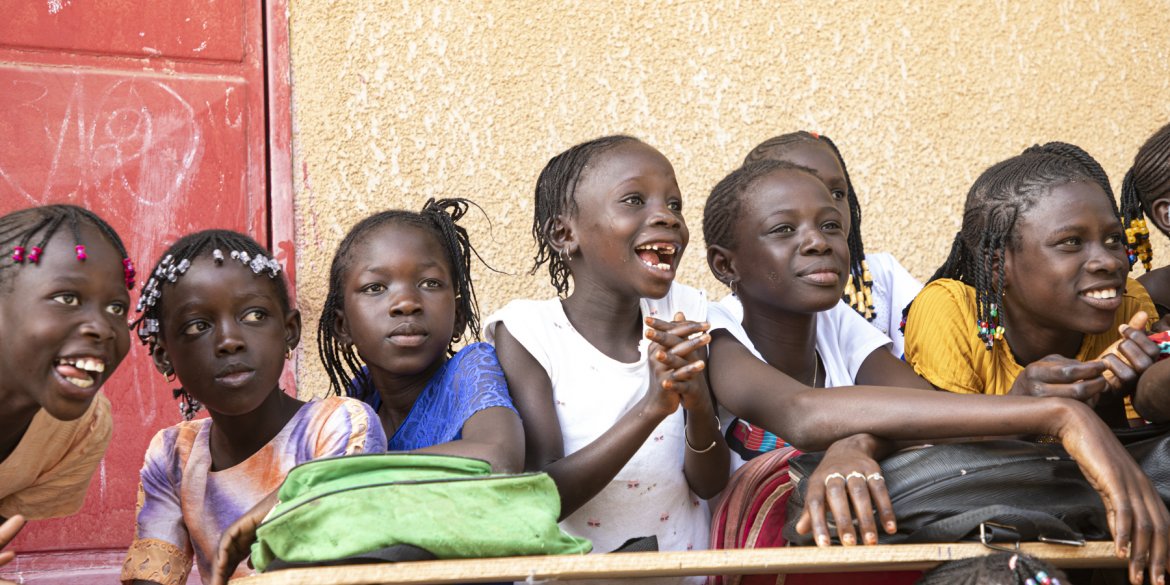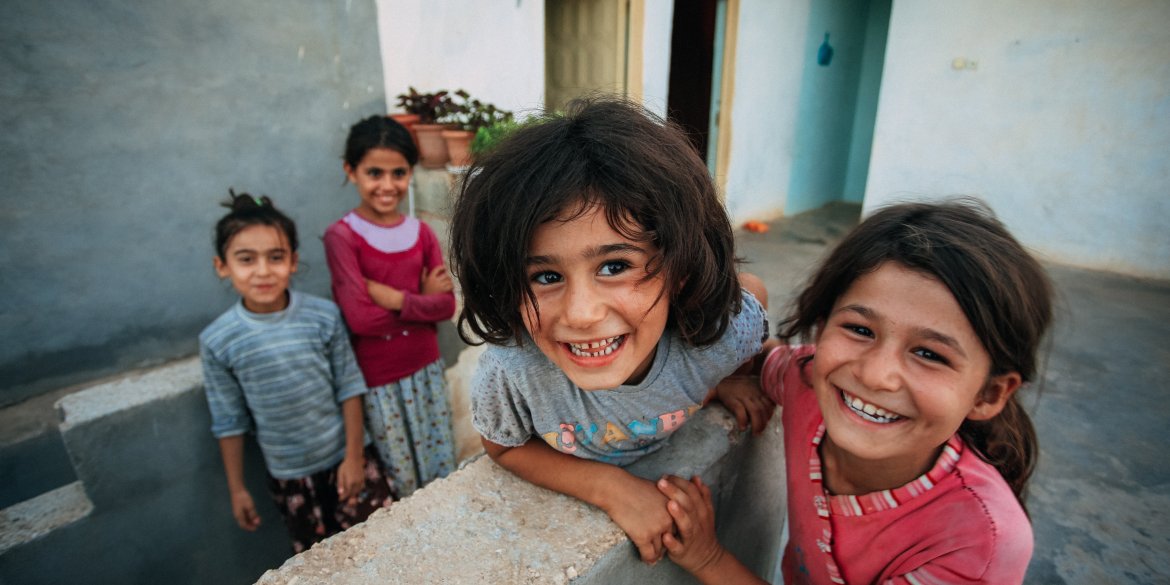How to create a global campaign in 2021
How to create a global campaign in 2021
Get a behind-the-scenes look at the UN International Year for the Elimination of Child Labour
26 juillet 2021

If the pandemic has taught us anything, it’s that we need other people. At work, human connection sparks creative ideas, out-of-the-box methods, and fun celebrations when it’s all over. This is especially true for those working in communication.
In early January, the ITCILO Learning Innovation team joined the ILO teams working on child labour to kick off the International Year for the Elimination of Child Labour campaign.
Throughout the year, as lockdown measures lifted and we started holding in-person meetings again, the campaign came together.
Read on to learn our top five tips for communication teams in 2021.
Tip 1: Choose the right people for your team
To create a successful communication campaign, you need a well-rounded team of people with diverse skills. They should get along, brainstorm well together, and feel comfortable enough around one another to share their ideas and feelings.
Look for:
- An organizer; the one who keeps a group of scatterbrained creatives on point
- A people person; the one who gets along with everyone, like the glue of the group
- A creative; the one who conceptualizes ideas into beautiful products
- A researcher; the one who is always asking the right questions
- An expert; the one who has technical details and deep knowledge
The best ideas are not flashes of genius. They come after hours of brainstorming, iteration, and combinations of skills. And with many teams still working remotely, good communication is more important than ever.

Tip 2: Grow your digital ecosystem
Before you can create a campaign, you need an online presence. Despite the distance, the creative team in Turin regularly met with the technical and communication team in Geneva as well as regional teams across the world to get the project off the ground.
We sent fun emoticons, video chatted, and used brainstorming apps to communicate through sticky notes. These online tricks helped us feel closer to our remote teammates.
Starting a communication campaign from scratch isn’t easy. As a team, we came up with a few big ideas, consistent messages, and options for the overall look and feel. We then tested them (we like AB testing!) and started integration across communication channels.
Must-haves:
- Call to action, key messages, and a unique hashtag. These are the building blocks of your digital ecosystem. (Tool: Miro)
- Website. Consider a mini-site to start, and then build it into a full website where people can deepen their knowledge of the issue, get inspired by reading human-centered stories and taking quizzes, and take action – both on social media and in real life. (Tools: InVision, Figma, Google Analytics, Mouseflow)
- Social media accounts. Know your audiences and tailor your messages to different platforms. You can capture attention with inspiration, informational, or informal, selfie-style videos. (Tool: Trello)
Nice-to-haves:
- Trello board. Provide stakeholders with visual guidelines, logos, fonts, templates, ready-to-post cards and messages, and much more.
- Local and regional events. Motivate local stakeholders, regional pledge makers, and the general public to take action for your cause. Encourage stakeholders to organize their own events, as well. (Tools: Loom, Canva)
- Newsletter. Speak to specific audiences with personalized messages. People are overloaded with information and often appreciate a curated email. (Tool: Mailchimp)

Tip 3: Reflect on what worked
We worked with local photographers who sent us high-quality images from the field. Relying on stock images can only take you so far, and might even misrepresent the situation. With a topic as sensitive as child labour, we didn’t want to take too many chances.
We also decided not to use any photos of children in child labour. Instead, we stuck to messaging and imagery that was positive, playful, and light – just like kids. At that point, after all the bad news associated with the pandemic, people were craving positive messages.
We came up with a photo challenge. The idea was to raise awareness about child labour by asking people to post a photo of themselves as a child combined with a message about their childhood dreams for the future.
We asked everyone to use our hashtag and tag three friends. The challenge was a success. It worked because kids are cute and old photos make people smile and laugh.
Tip 4: Consider what went wrong – and how to do better next time
We should have reached out earlier to celebrities. Determination? Check. Perseverance? Also check. While we worked as hard as possible to attract celebrities to our social media challenge, we simply ran out of time.
Developing connections with celebrities takes time. We struggled to meet our deadline of 12 June, the World Day against Child Labour. In the end, we learned about the importance of proper planning and good timing.
We also could have had better coordination across teams. The lack of human connection by not working together in the office every day began to take a toll on all of us after a few months of work. Another constant challenge was coordinating at a distance with many teams in Geneva and all over the world.
There are no simple solutions to how the pandemic has altered our lives, including at work.
Which makes our last tip all the more important.

Tip 5: Celebrate!
Why not? Celebrating with your team can boost morale and strengthen connections. That’s why, on the World Day, we sent a few last-second emails and bonded over snacks and refreshments on a sweltering summer day.
After weeks of high stress, it felt good to step back and see the bigger picture. We needed that moment of pause and reflection to prepare for the second half of the year.
Here’s to learning and growing alongside an amazing team!
Next steps
Now, we’re focused on keeping momentum high after the World Day. We have some great ideas in store and we can’t wait to share more reflections at the end of 2021.
Want to get involved?
- Join the 10-day challenge
- Create your story
- Post your childhood photo
Looking for a communication course?
Join our online 2021 Communication for Development course today. This 8-week course requires a time commitment of less than 3 hours per week. We start on Monday, 27 September.


